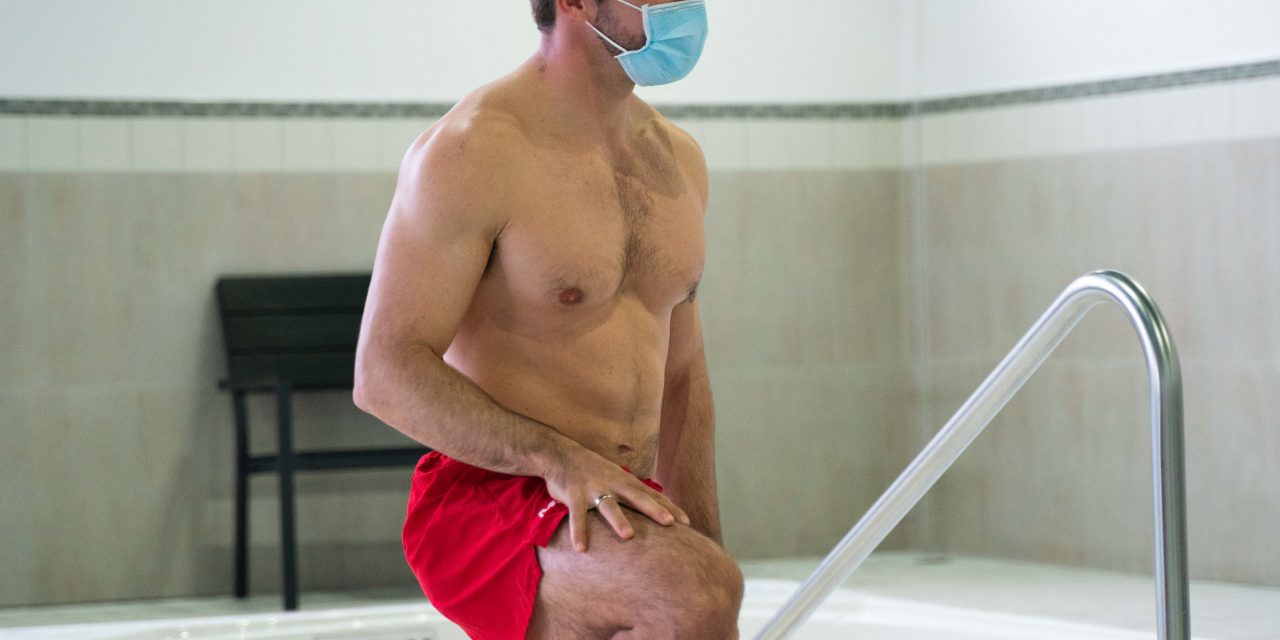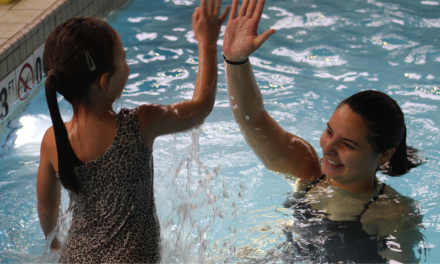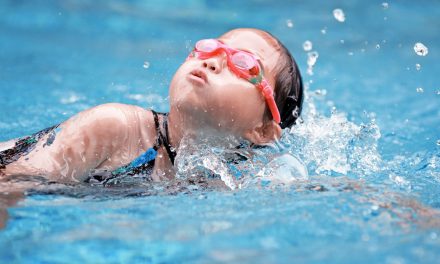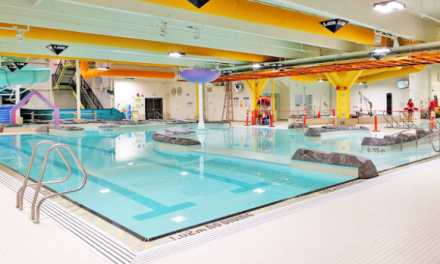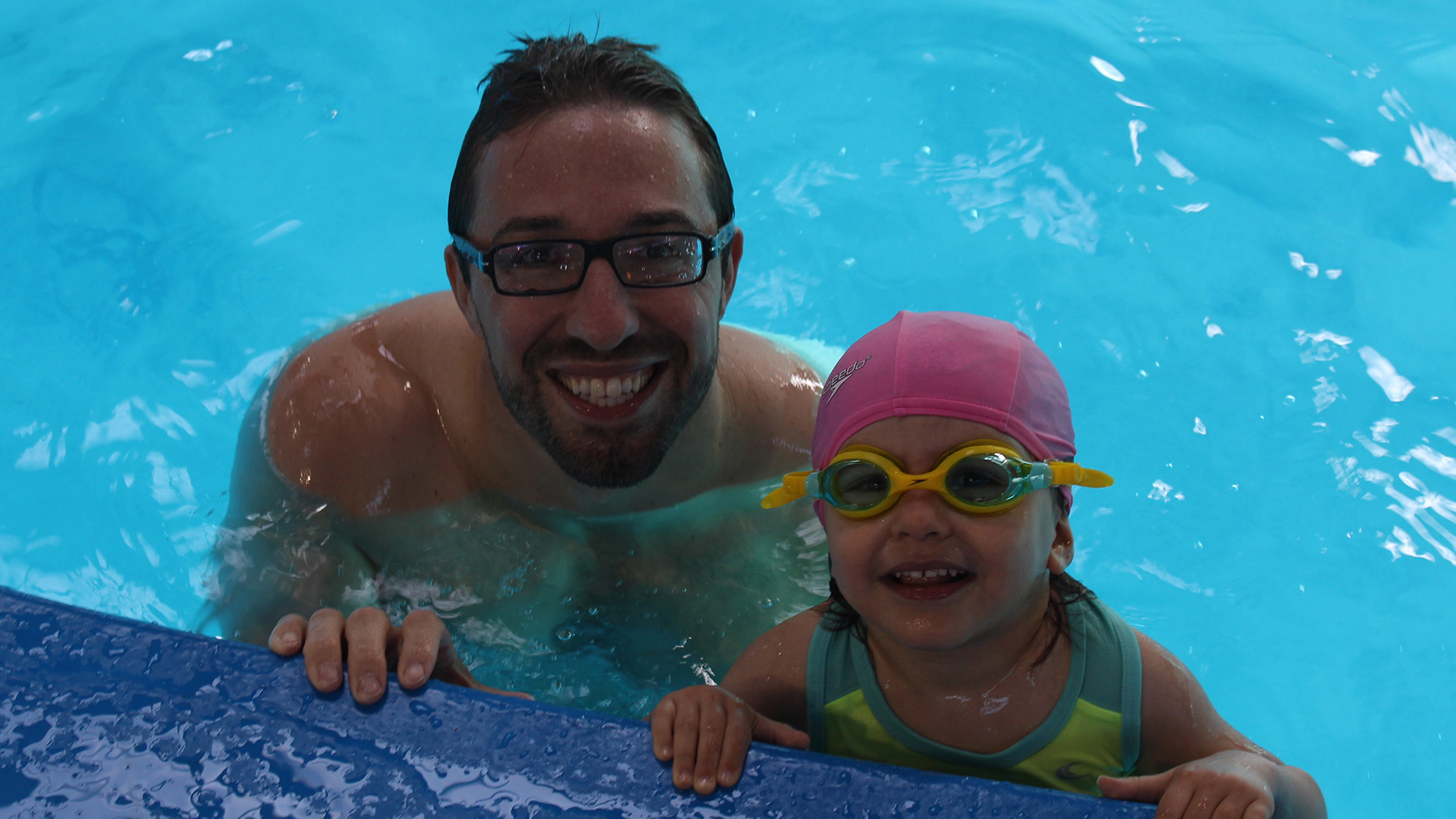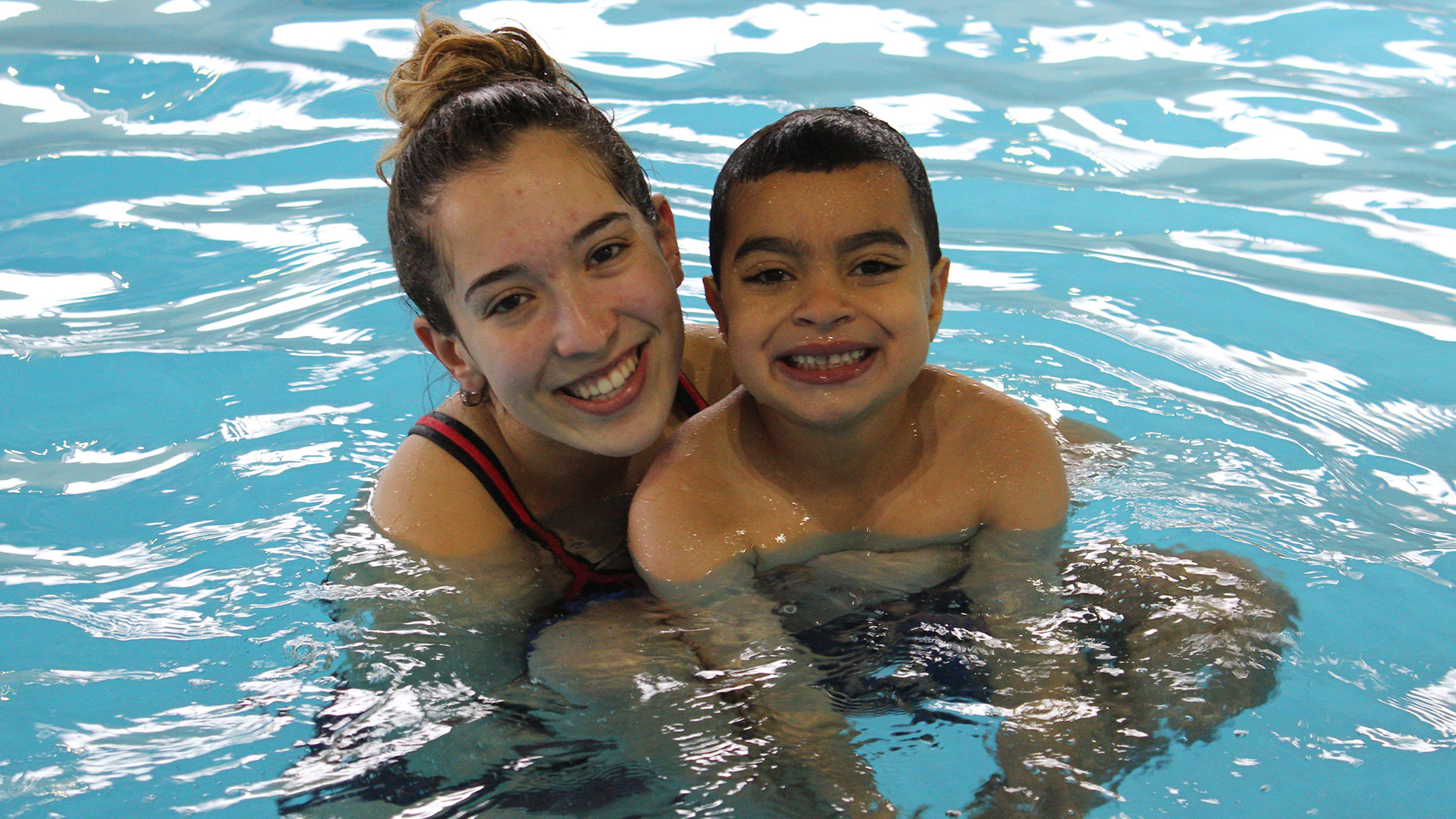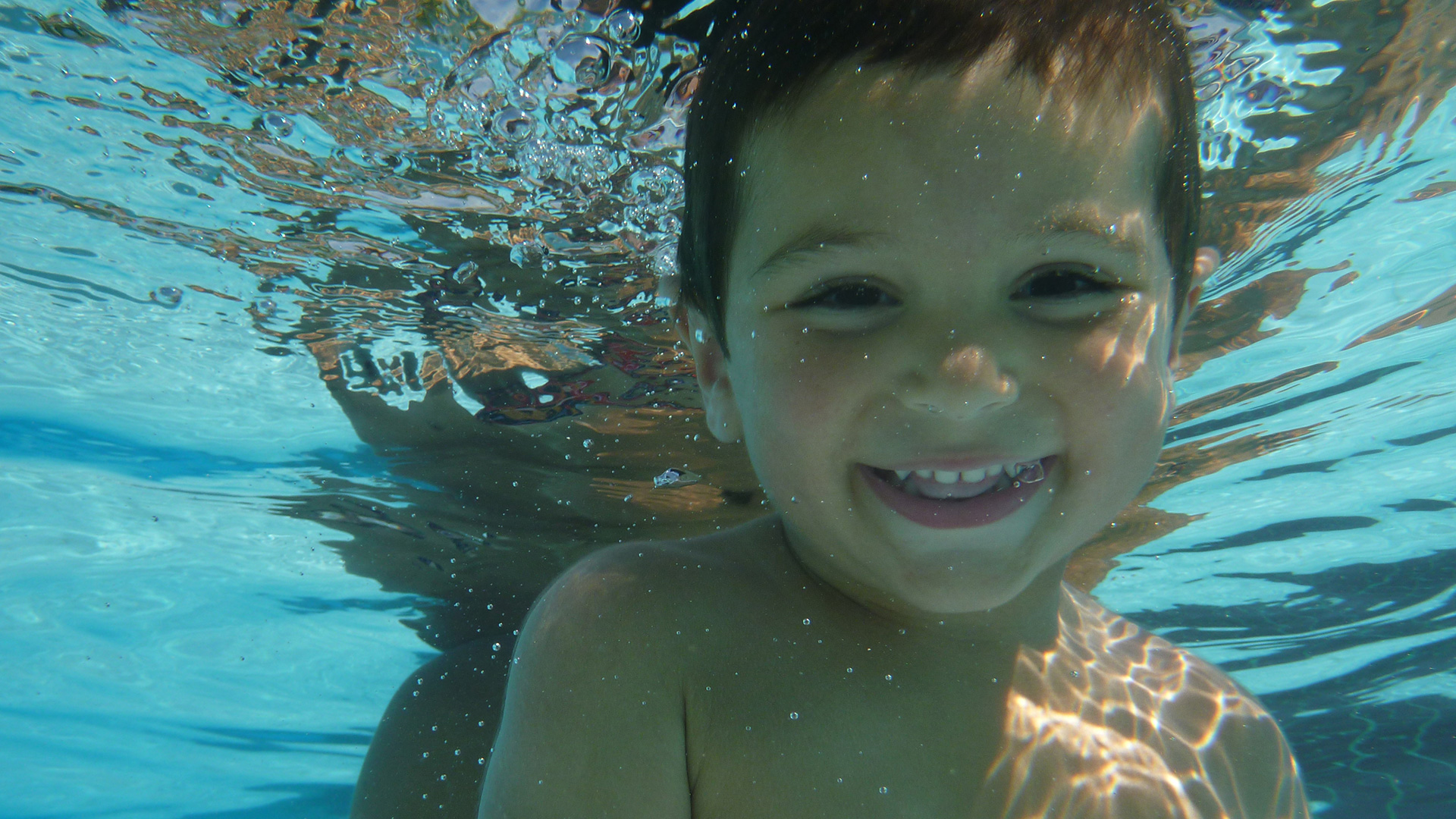There are few activities as rewarding and fun as swimming. From the well-documented physical and mental benefits, to the unrivaled feeling of flying or weightlessness in the water, to the obvious fact that swimming saves lives, learning to swim is an essential part of any child’s upbringing.
Recently, the private aquatic industry in Quebec earned a hard-fought victory by successfully petitioning the provincial government to lift restrictions on learn-to-swim (LTS) programs. But with learn-to-swim programs reopening across the province while all other sports and activities remain shut down, it puts a glaring spotlight on LTS clubs, and begs the important question: are LTS programs safe?
One could quickly argue that if government says it’s safe and thus permitted this industry to reopen, it is safe. This article will validate that decision.
1 person at a time
When the government lifted the restrictions on private lessons only, it was in line with existing strategies aimed to reduce contacts. Private swimming lessons accomplishes exactly that. 1 instructor, and 1 swimmer (multiple swimmers are permitted if they are from the same home). Combined with the fact that most pools are operating at 25% (or less) of pre-covid capacities means there are even fewer patrons in the pool even on a busy day.
Social distancing and essential contact only
When swim lessons were re-authorized in June following the initial wave of the pandemic, it was under strict social distancing guidelines. Swim instructors must maintain a 2m distance when possible, and avoid physical contact when possible. For older and capable swimmers this is pretty straightforward, as the instructor can coach from a distance. For non-swimmers, this requires the essential contact only, where instructors encourage as much independence as possible at all times. In fact, the CSS Way of learning to swim is very conducive to a hands-off approach as can be.
Smaller pools & less people in the pool
Many private LTS clubs rent pool space from atypical locations like hotels, community centers, and gyms. Following the return-to-swim on October 26, many of these pools, particularly the hotels are quiet or exclusively reserved for swimming lessons. Compared to your typical aquatic center, a exclusive pool access in a quiet, luxurious, warm hotel pool is very conducive to safely learning to swim in covid world.
The pool is a giant tub of disinfectant
By maintaining pool chlorine (or bromine) at standard levels of pool chemistry is sufficient to neutralize the virus. The CDC validated as much, while also stating that the most high risk areas in a swimming facility are common areas and surfaces, like changing rooms, bathroom, handles and chairs. Thus, while changing rooms and bathrooms are still accessible (for emergencies only), they are disinfected frequently and clients are encouraged to come ready to swim and to avoid using the common areas, to mitigate the risk.
Hotels take cleanliness very seriously and are empty right now
Even prior to covid, hotels are one of the top industries for cleanliness; their busines is welcoming people and offering them a place to live and sleep. However, hotels (tourism in general) are being hit particularly hard right now, with occupancy rates at historic lows. Hotel pools, which were quiet before, are empty. Combine this with the absurd attention to detail that hotels are known for, and you have the ideal setting for a private swim class. Surfaces are cleaned thoroughly and frequently, sanitizer is available everywhere, signage is clear and everywhere, and the staff is beyond friendly.
Swim instructors are well-trained for covid
Swim clubs, and their swim instructors have taken covid-19 very seriously. Clubs have implemented online and socially-distanced trainings to familiarize swim instructors with their responsibilities in a covid world. Swim instructors have reciprocated on all levels, and are more responsive, and have quickly learnt and implemented the new protocols. And it has worked. A survey of private LTS clubs in Quebec determined that over 10,000 swim lessons were taught from June to October, without a single documented outbreak. Additionally, before and after every shift and during breaks swim instructors are disinfecting common surfaces like handles, rails, and chairs.
Conclusion: the lifting of restrictions is validated
The government was not wrong. Knowing how to swim does save lives, and the existing protocols and facilities do offer a safe environment for people to learn to swim. This does not mean that safety is a given. But this is an industry where safety, prevention, and saving lives is already a core value. Because of this, with some modifications to operations and new safety protocols, learn to swim programs can indeed operate safely in a covid world.


